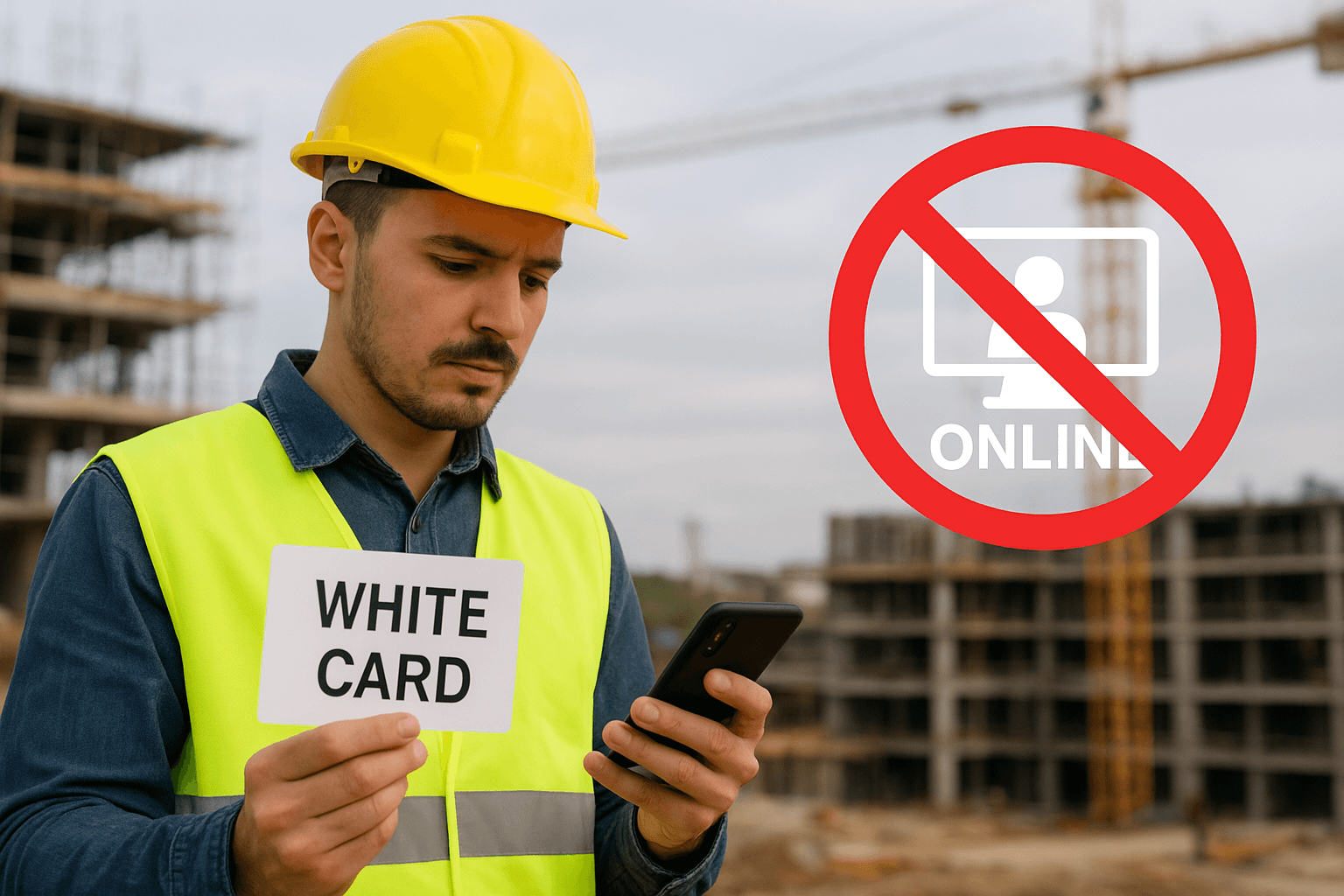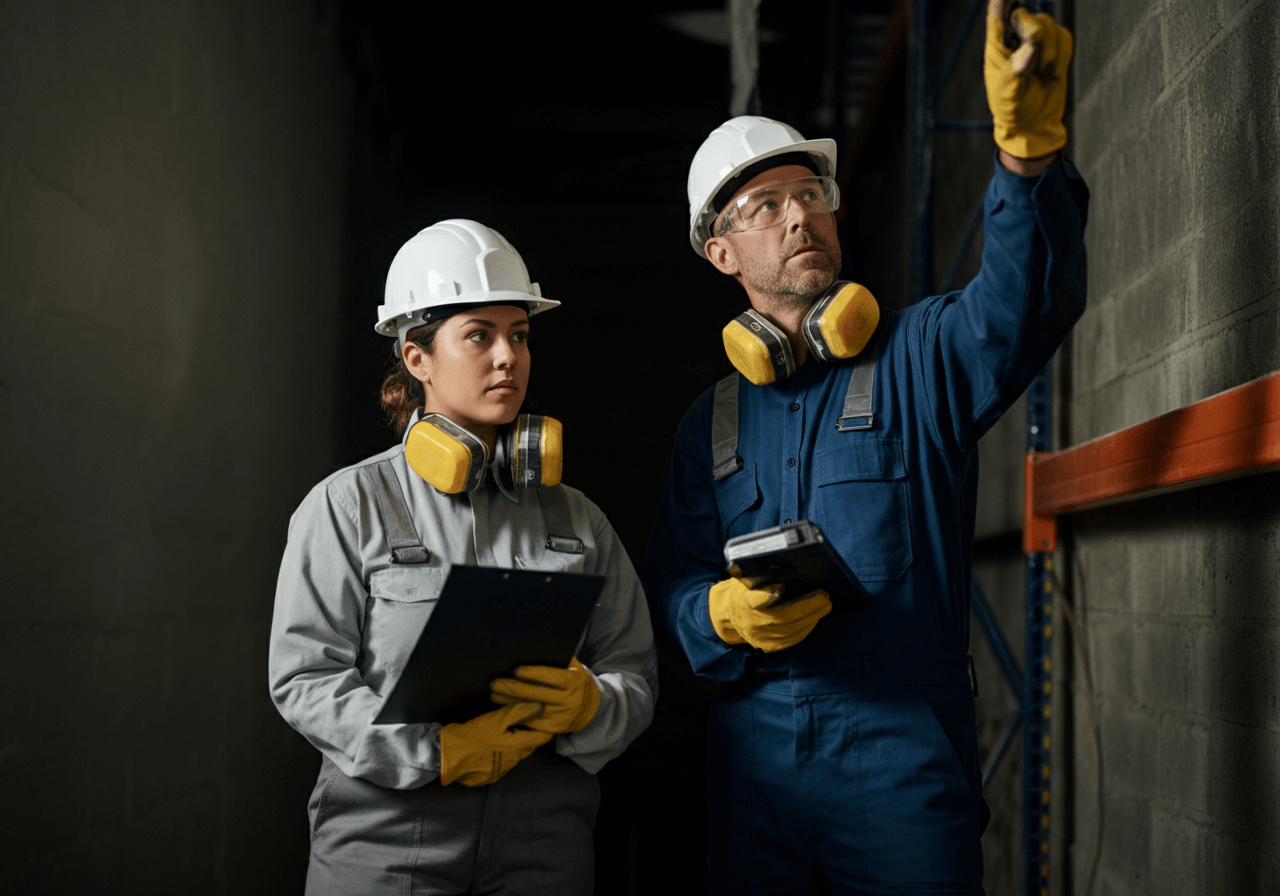James Moyle:
Hi, my name’s Jimmy, and I’m a tradie. And by now you should have watched our other videos, including asbestos hazards, risks and identification, setting up your asbestos work area, personal protective equipment, safe handling and controls, drilling.
James Moyle:
If you haven’t, please watch them before doing any work with asbestos. Before we start, I’ll remind you that SafeWork New South Wales always recommends that licensed asbestos removalists be used for any amount of asbestos removal work. A licensed asbestos removalist must be used to remove more than 10 square meters of non-friable asbestos or to remove any amount of friable asbestos containing materials.
James Moyle:
If you are planning on working with or removing asbestos, it is critical that you decontaminate both the work area and yourself to prevent exposure to asbestos fibres. You need to set up your decontamination area before starting work. For decontamination, you will need the following, cleaning rags or wet wipes. In this video, we will be using wet wipes. Asbestos labeled heavy duty polyethylene asbestos disposal bags, minimum 200 micron thick. Heavy duty plastic sheeting, minimum 200 micron thick. A misting spray bottle filled with water. Adhesive duct tape. Sealant. You will also need your PPE and RPE as described in the PPE video.
James Moyle:
Before moving from the asbestos work area to the decontamination area, remove any visible asbestos dust residue from your protective clothing, tools and equipment using a HEPA filtered H-class industrial vacuum cleaner if available or wiping down with wet wipes. If the asbestos work is complete, ensure all tools and equipment has been decontaminated and double bagged in the asbestos work area. Asbestos waste must also be double bagged and wiped down. Double bagging is explained in this video. Move from the asbestos work area with all the decontaminated tools, equipment and asbestos waste bags into the decontamination area set up adjacent to the work area.
James Moyle:
For work with non-friable asbestos, this will be onto a large 200 micron thick plastic sheet taped to the ground. Again, wipe down your PPE and RPE with wet wipes. When wiping down, use each surface of the wipe only once to prevent recontamination. Place used wet wipes into a heavy duty polyethylene asbestos waste bag. After wiping down, use the spray bottle to spray your coveralls, boot covers, gloves and RPE. Now remove your gloves by rolling them inside out off your hands and place into the same waste bag. Your RPE must still be worn at this point. Carefully remove disposable protective coveralls by pulling back the hood and rolling from the top down inside out.
James Moyle:
Pull the sleeves inside out and continue rolling all the way down to your ankles. The entire coverall should now be inside out and rolled up, place into the waste bag. Your RPE must still be worn and you must be standing on the plastic shading. Remove your boot covers by rolling them inside out off your shoes and place into the same waste bag. Ensure after removing each boot cover that you step off the plastic sheeting. Use further wet wipes to wipe the plastic sheeting and place wet wipes into the asbestos waste bag. Using the spray bottle, spray the plastic sheeting before folding inwards into a small package and place into the asbestos waste bag.
James Moyle:
Only fill the waste bags half full. Use another waste bag if there is not enough room. RPE must still be worn. Use a spray bottle to spray the inside of the waste bag and the internal sides. Now twist the neck of the waste bag about 1.5 turns and gently squeeze air from the bag through the twisted neck, eliminating dust coming from the bag. Continue to twist, goose necking the bag into a tight neck. Now tape around the neck of the bag several times with the duct tape. Leave the top section of the bag open as this will be used for further wet wipes and your non-disposable RPE. Using the spray bottle, spray your RPE before removing and placing into the top section of the bag.
James Moyle:
If you’re using a non-disposable respirator as shown here, remove the filter, place into a Ziplock bag, seal and place into a seal box. Now using wipes, clean your RPE before placing that into the seal box for storage. Use wet wipes to wipe your face, hands, and outside of waste bag and place into the top section of the bag. Now gooseneck the top of the bag into a tight neck. Tape around the neck of the bag several times with the duct tape, folding over the tape neck of the bag and again, tape around with the duct tape, ensuring that the neck is fully taped onto itself. Use wet wipes to wipe external surface of the bag to remove any potential dust and place into the second waste bag. Double bag and repeat the goosenecking procedure.
James Moyle:
Ensure this bag is labeled as asbestos waste and removed from the asbestos decontamination area. Dispose off asbestos waste at the appropriate waste facility licensed to accept asbestos waste as soon as practical. For more information or for a list of licensed asbestos professionals, visit www.safework.nsw.gov.au/asbestos, or call 13-10-50.
Before working in areas that contain asbestos, make sure you take asbestos awareness courses online or attend asbestos awareness training.





















